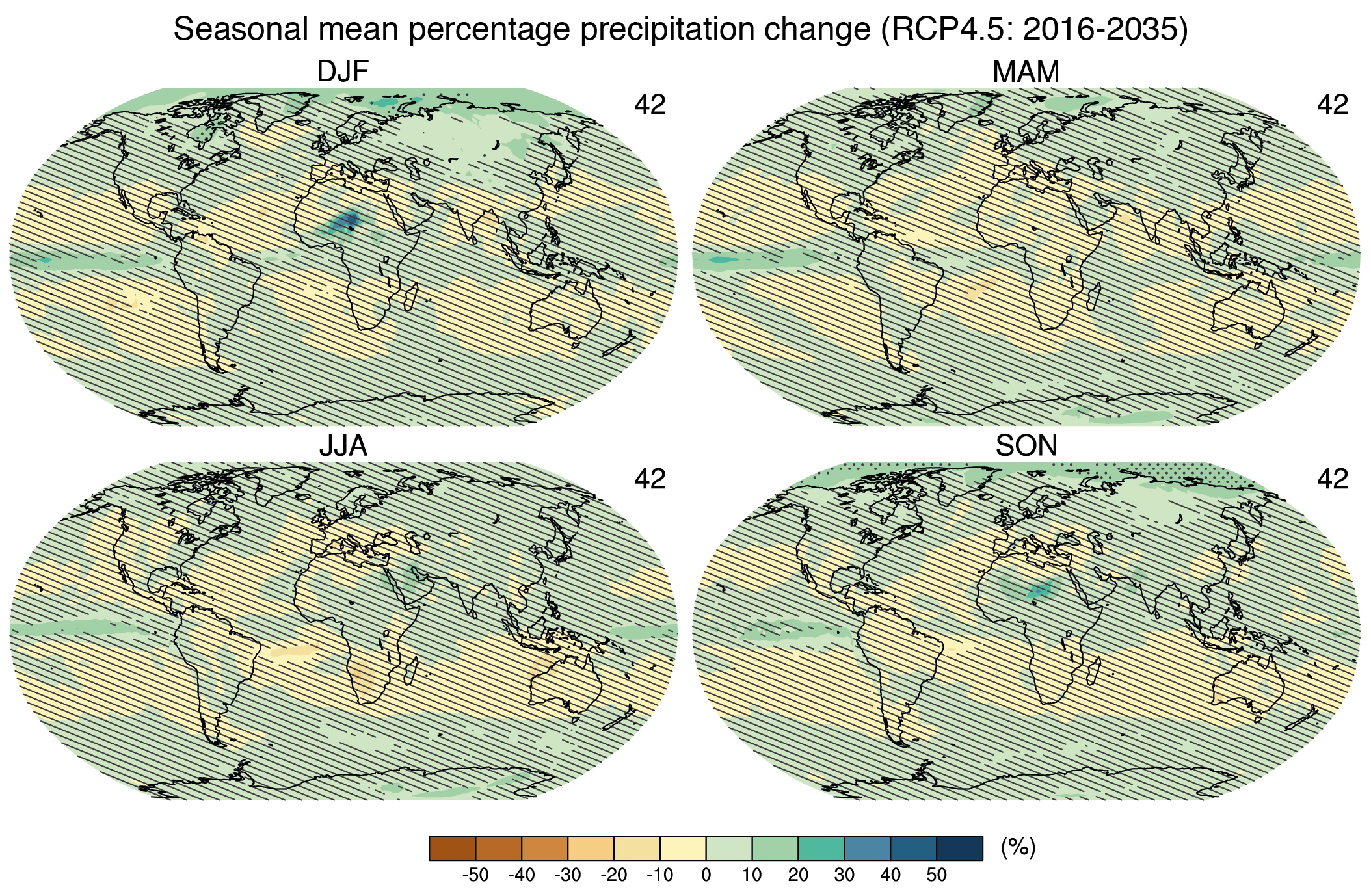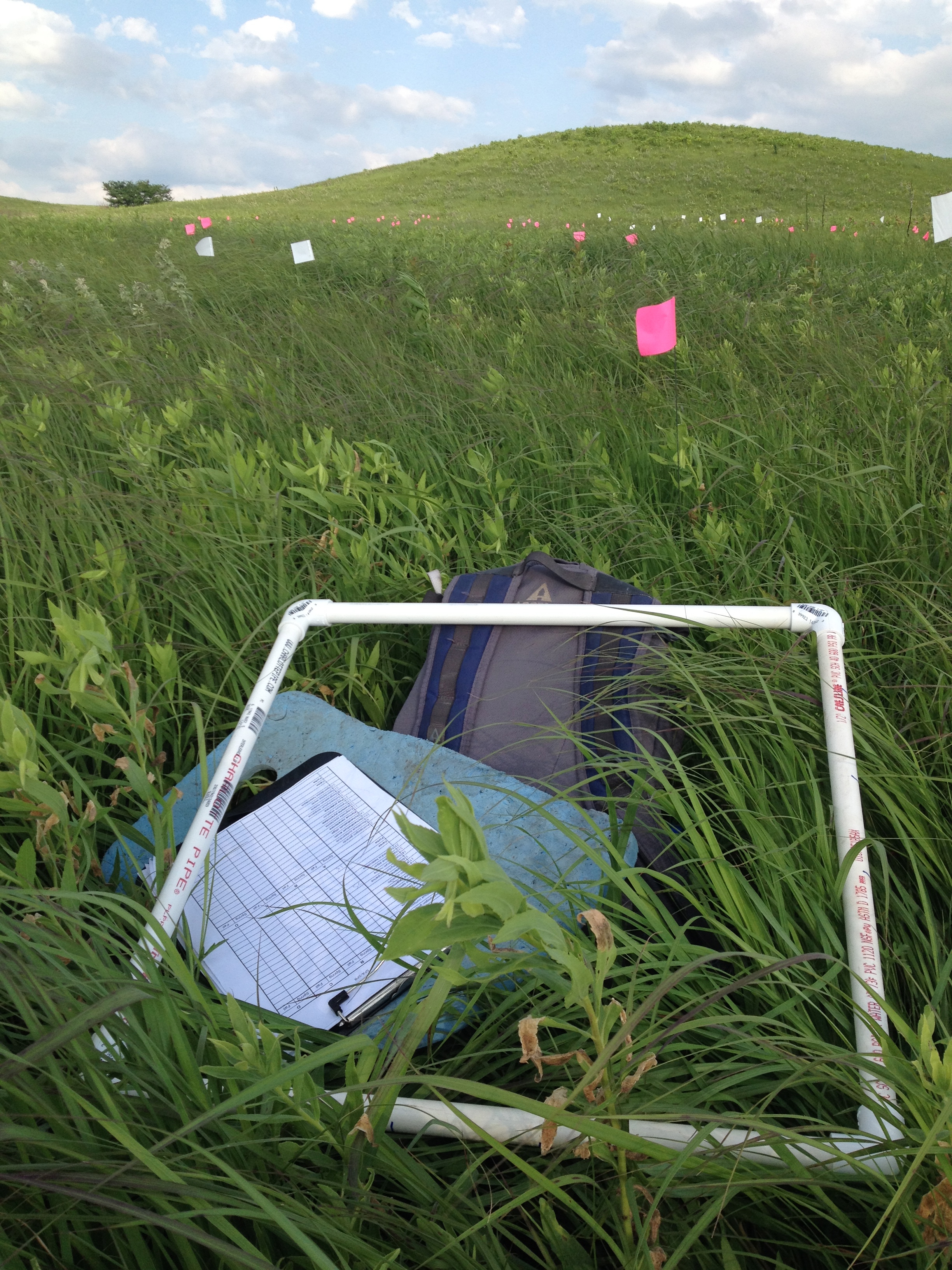
Ecological Legacies: Implications for Global Change and Research at CSU
by Andrew Felton
The concept of ecological legacies is relatively well understood in ecology. Legacies suggest an ecological inheritance, such that the ecological dynamics in previous years can significantly dictate current dynamics. This idea highlights the contingent nature of ecology as a science. Current observations occur within a temporal context of past biological and environmental conditions, limiting the attainment of generality in ecological principles. Within the context of global change, research into ecological legacies is providing insight into the drivers behind interannual variation in measures of ecosystem function (Sala et al. 2012). Coupled with this, understanding the drivers of ecosystem sensitivity to global change dynamics is an active area of research, within Colorado State University (CSU) and across much of ecology. Researchers at CSU, especially those within the labs of Dr. Melinda Smith and Dr. Alan Knapp, are particularly interested in how alterations to precipitation regimes will influence terrestrial ecosystems.
Legacies suggest an ecological inheritance, such that the ecological dynamics in previous years can significantly dictate current dynamics.
This interest has led to questions about how precipitation legacies may shape the response of ecosystems to environmental changes expected to occur in the future. The alteration of precipitation patterns within terrestrial ecosystems is an accepted consequence of the intensification of the hydrologic cycle resulting from atmospheric warming (IPCC 2012). To date general circulation models have struggled to scale these changes down to regional levels (Huntington 2006), however two basic forecasts have gained general acceptance: the occurrence of fewer, but larger growing season rainfall events (IPCC 2001), and increased drought frequencies (IPCC 2012). With this knowledge, ecologists have generated a myriad of research initiatives investigating how altered precipitation regimes may affect ecological dynamics and potential feedbacks to climate forcing.

Interest in the ecological consequences of climatic shifts led to the establishment of two key experiments at The Konza Prairie Biological Station in northeastern Kansas. The Konza Prairie is the largest expanse of unplowed tallgrass prairie in North America. The first project, entitled the Rainfall Manipulation Plots (RaMPs) was established in 1998 under the leadership of Dr. Alan Knapp and colleagues at Kansas State University. This project has examined the ecological consequences of fewer but larger growing season rainfall events, introducing a chronic change to the precipitation regime. The second – titled the Climate Extremes Experiment (CEE) – was led by Dr. Dave Hoover, a recent GDPE graduate within the Knapp lab now at the U.S. Geological Survey. CEE imposed a two-year extreme drought (66% rainfall reduction) and mid-summer heat wave on the prairie in 2010 and 2011. RaMPs and CEE are multi-collaborative projects, involving biologists interested in the consequences for the genetic, physiological, plant community, to overall carbon cycling dynamics of the ecosystem.
Grasslands are amenable for these studies because they are generally the most sensitive ecosystems to interannual changes in precipitation in North America (Knapp and Smith 2001). Because the historical climate of grassland ecosystems is extremely variable, high interannual variability in precipitation has been a key driver in their development (Knapp et al. 1998), and will continue to be amid future climatic shifts. The current focus in RaMPs and CEE has turned to examining how their unique precipitation legacies will affect the sensitivity of the ecosystem to a two-year climate extreme comparable to CEE in 2010/2011, yet with no heat wave. The first year of the two-year growing season drought on both RaMPs and CEE was imposed during the summer of 2014.

Preliminary data analysis has revealed rather interesting results. Within CEE, plots experiencing a second round of climate extremes appear to have slightly decreased soil respiration, increased water stress of the dominant plant species, and decreased productivity versus plots experiencing an extreme for the first time. Differing sensitivities of the dominant and co-dominant plant species are also apparent, with the productivity of the co-dominant species displaying higher overall sensitivity to repeated droughts, consistent with prior research (Hoover et al. 2014). These observations may have important implications for future plant community dynamics and overall ecosystem function within the tallgrass prairie.
Understanding the potential role that legacies of past rapid change play in shaping the response of ecosystems to stochastic events (e.g., drought) is a potentially powerful predictive tool for determining the future state of ecosystems under global change drivers.
Such integrated ecological measures and their observed responses warrant further exploration as we move toward the 2015 field season. The relations of different scales (physiology of the dominant plant species to the ecosystem level) are of great interest to me, and present significant challenges in ecology (Levin 1992). Indeed a scaled approach will contribute greatly to CEE/RaMPs and the goals of my own graduate research, focused on understanding the external drivers and internal ecological mechanisms that most strongly dictate grassland ecosystem responses to climatic extremes. With this I hope to continue pursuing questions within both RaMPs and CEE along with other endeavors during the 2015 field season
Understanding the potential role that legacies of past rapid change play in shaping the response of ecosystems to stochastic events (e.g., drought) is a potentially powerful predictive tool for determining the future state of ecosystems under global change drivers. The RaMPs experiment has been shown to initially alter and ultimately reduce key ecosystem processes like carbon cycling (Knapp et al. 2002), while also changing the genetic diversity of populations of the dominant plant species (Avolio et al. 2013). Such relatively rapid changes to fundamental ecological properties warrant exploration into how the resistance and resilience of altered systems are impacted.

The need for this understanding is not limited to precipitation changes. For example, a legacy of long-term nitrogen deposition across a Great Britain grassland lead to systematic decreases in plant species diversity (Stevens et al. 2004), effectively changing the initial community of species adapted to the suite of environmental conditions in the area. Certainly, no ecosystem on Earth is free from human impacts (Vitousek et al. 1997) whether direct or indirect, and thus the sensitivity of all ecosystems is influenced by a legacy of past rapid changes, most notably since the onset of the industrial revolution.
This legacy of change has led scientists to suggest that the global biosphere is approaching its own state shift resulting from the collective sum of regional state-shifts (Barnosky et al. 2012), for example direct land conversion. This potential state shift is comparable in scope to the most recent glacial-interglacial transition from the Pleistocene to the Holocene epoch, yet on orders of magnitude faster as we have sprinted into the loosely accepted anthropocene (human-dominated) epoch. Indeed, maintaining a perspective of legacies and contingencies within ecosystems will help ecologists understand the present workings and responses of their systems, especially in light of current rapid change. For now, we will excitedly wait to see what insights and surprises the tallgrass prairie of Northeastern Kansas, and other research, will bring to our knowledge of ecological legacies.
 Andrew Felton is a new EcoPress contributor who will help coordinate research highlights from CSU and GDPE that are of interest to NREL scientists. He is a PhD student in the Graduate Degree Program in Ecology and the Department of Biology at CSU. His research interests focus on how characteristics of climate change, specifically those of climate extremes, will influence the response and recovery of fine to broad-scale processes in grassland ecosystems.
Andrew Felton is a new EcoPress contributor who will help coordinate research highlights from CSU and GDPE that are of interest to NREL scientists. He is a PhD student in the Graduate Degree Program in Ecology and the Department of Biology at CSU. His research interests focus on how characteristics of climate change, specifically those of climate extremes, will influence the response and recovery of fine to broad-scale processes in grassland ecosystems.
Citations:
- Avolio, M (2013). Oecologia(171), 571-581.
- Barnosky, AD et al. (2012). Nature (486), 52-58
- Hoover, D.L et al. (2014). Plant Ecology (215), 721-731
- Huntington, TG. (2006). Journal of Hydrology (319), 83-95
- IPCC (2001) Cambridge University Press
- IPCC (2012) Cambridge University Press
- Knapp, A. K.; Briggs, J. M.; Hartnett, D. C.; et al. (1998). Oxford University Press
- Knapp, A.K & Smith, M.D. (2001). Science (291), 481-484
- Knapp, AK. Et al. (2002). Science (298), 2202-2205
- Levin, S. (1992) Ecology (73), 1943-1967
- Sala, O. et al. (2012). Philosophical Transaction’s of the Royal Society B. (367), 3135-3144
- Stevens, C. et al. (2004) Nature (303) 1876-1879
- Vitousek, P. et al. (1997). Science (277), 494-499